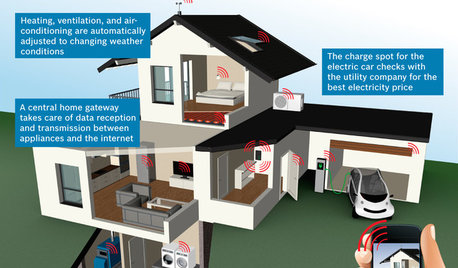GFCI reset causes light flicker
grandmum
12 years ago
Featured Answer
Sort by:Oldest
Comments (18)
Ron Natalie
12 years agograndmum
12 years agoRelated Professionals
Bay City General Contractors · Klamath Falls General Contractors · Saginaw General Contractors · Austintown General Contractors · Emeryville Solar Energy Systems · Forest Park Solar Energy Systems · Wildomar Solar Energy Systems · Verona Solar Energy Systems · Clearwater Home Automation & Home Media · Fairfield Home Automation & Home Media · Herndon Home Automation & Home Media · Laurel Home Automation & Home Media · Potomac Home Automation & Home Media · San Bruno Home Automation & Home Media · The Villages Home Automation & Home Mediagrandmum
12 years agograndmum
12 years agoRon Natalie
12 years agoelectricalkid
12 years agobrickeyee
12 years agograndmum
12 years agobrickeyee
12 years agoyosemitebill
12 years agoRon Natalie
12 years agoRon Natalie
12 years agobrickeyee
12 years agoyosemitebill
12 years agoRon Natalie
12 years agoBilll
12 years agobrickeyee
12 years ago
Related Stories

HOUSEKEEPING10 Problems Your House May Be Trying to Show You
Ignore some of these signs and you may end up with major issues. We tell you which are normal and which are cause for concern
Full Story
THE HARDWORKING HOMECES 2015: Inching Toward a Smarter Home
Companies are betting big on connected devices in 2015. Here’s a look at what’s to come
Full StoryMore Discussions







kurto